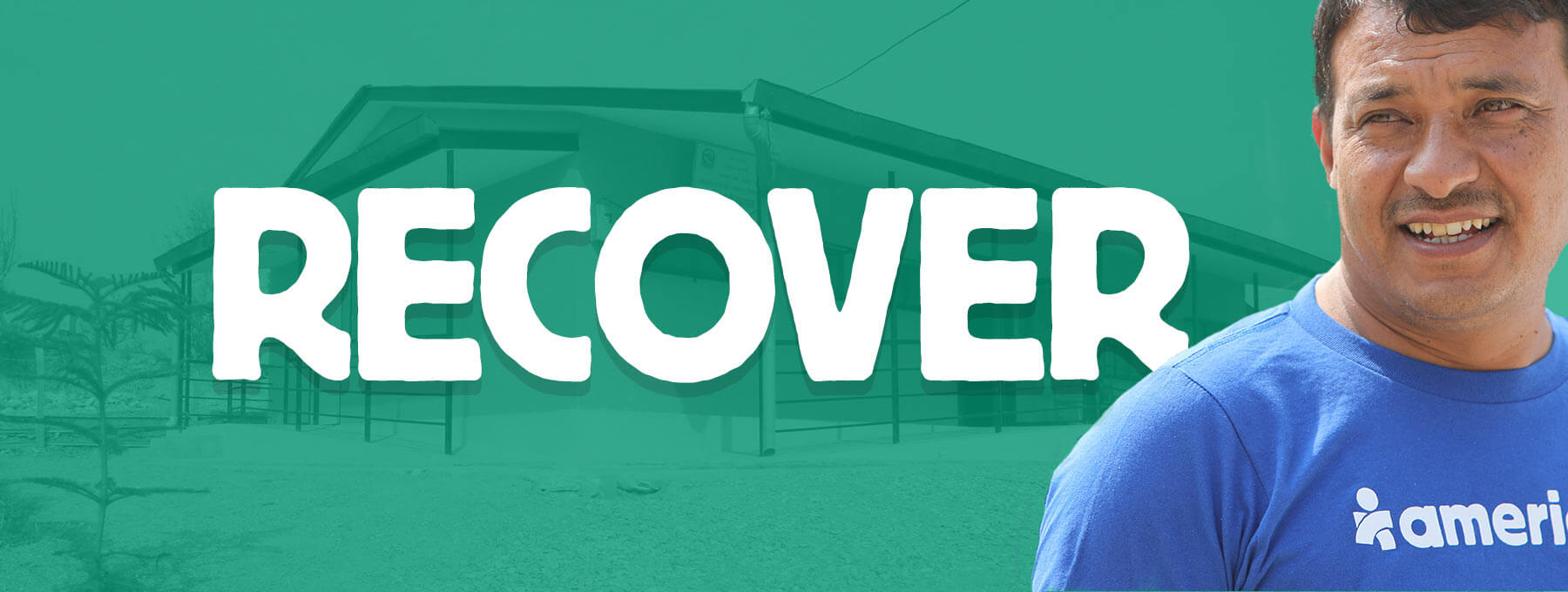
Weeks, months, even years after the disaster is no longer news, we stay for as long as we are needed to help the health system recover – stronger and better prepared for the next disaster.
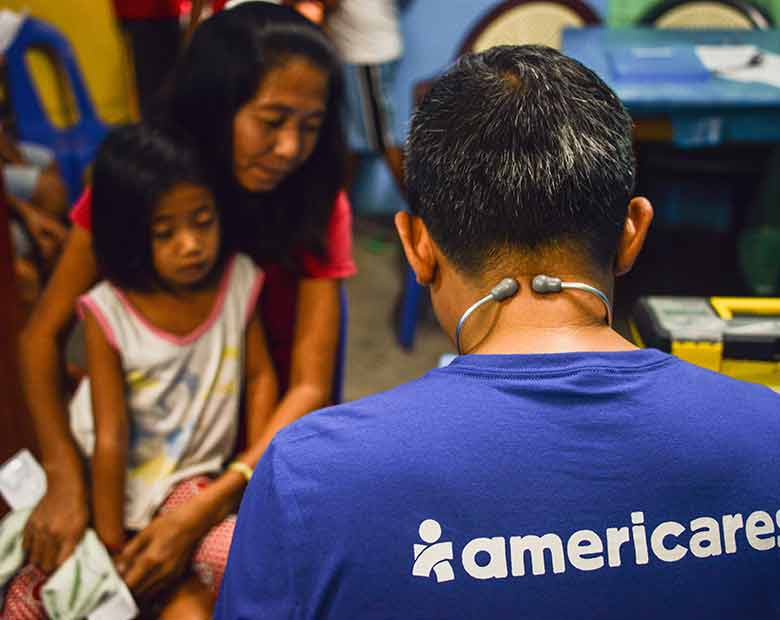
With each disaster, different unmet needs appear:
After the Japan Tsunami, mobile dental care for the elderly;
After Typhoon Haiyan in the Philippines, new generators for damaged community health centers;
After the Nepal Earthquake, physical rehabilitation services for injured earthquake survivors in remote communities;
In Ecuador, a temporary health facility to serve patients while a new one was being built.
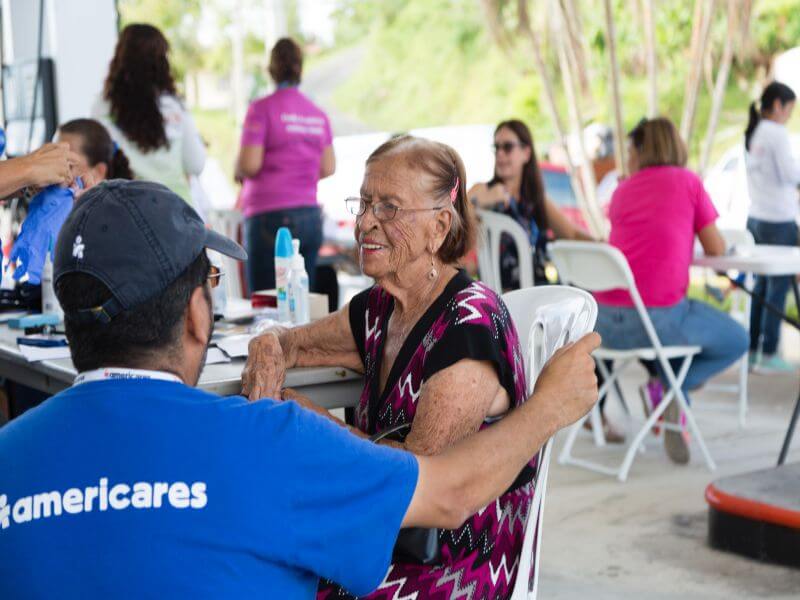
And after a growing number of crises in Texas, Puerto Rico, Nepal, Ukraine, Jordan and elsewhere – mental health and psychosocial support to deal with trauma and loss has risen to the top of the list of unmet needs in the weeks and months after the disaster has fallen out of public view. Rebuilding a damaged health facility can often be done in months, rebuilding a shattered life can take a lot longer. We can train local health workers to identify mental health problems, provide an emergency intervention or direct a referral for more treatment. This care extends to the caregivers who are often survivors themselves.
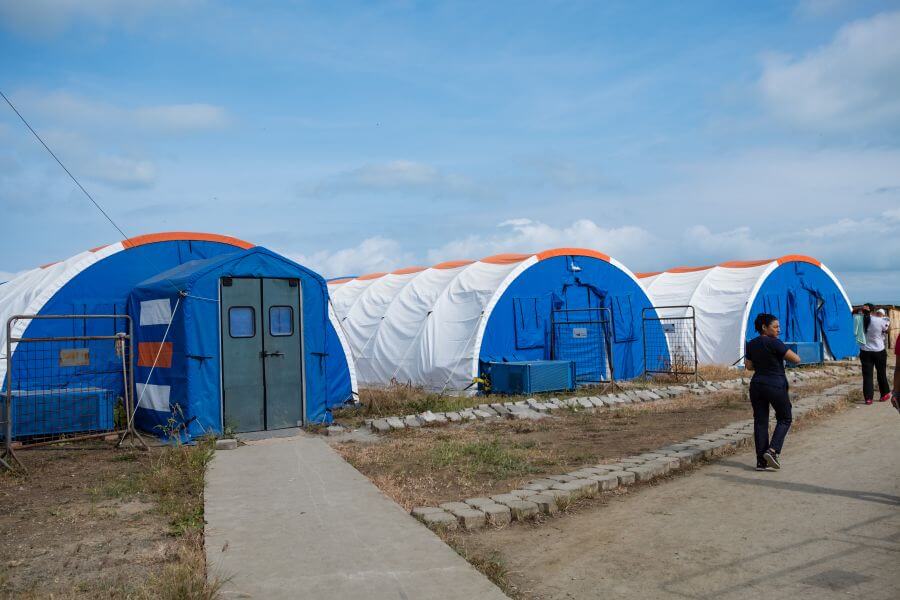
We respond quickly to a disaster and then we stick around as long as our help is needed. To do that, we need resources. Your commitment to help makes it possible for us not only to fix the broken but build back better.
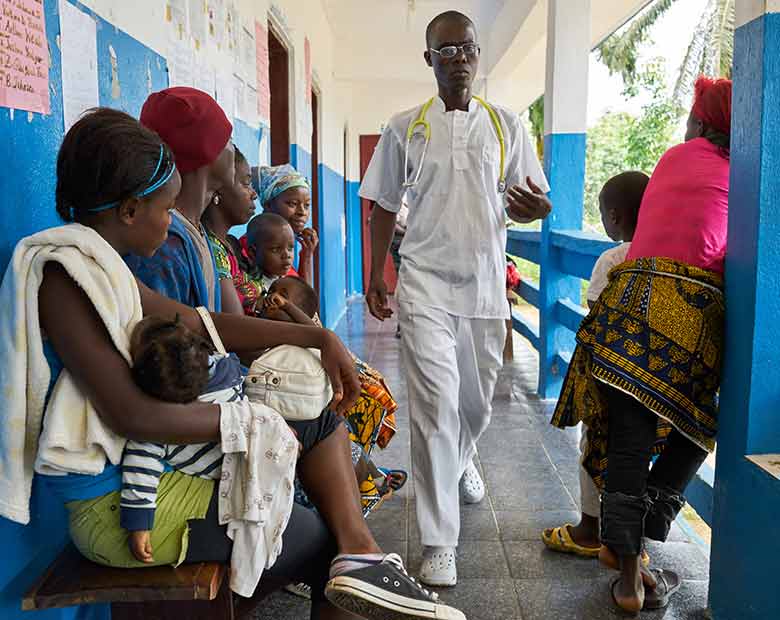
When health gaps are identified, plans are developed with local partners to fill those gaps. Often it may involve work on the health facilty. After major disasters, Americares invests in stronger clinic walls and roofs to protect patients and staff along with basic equipment and the necessary training to meet the challenges of the next disaster. The exact physical improvements each health center needs varies.
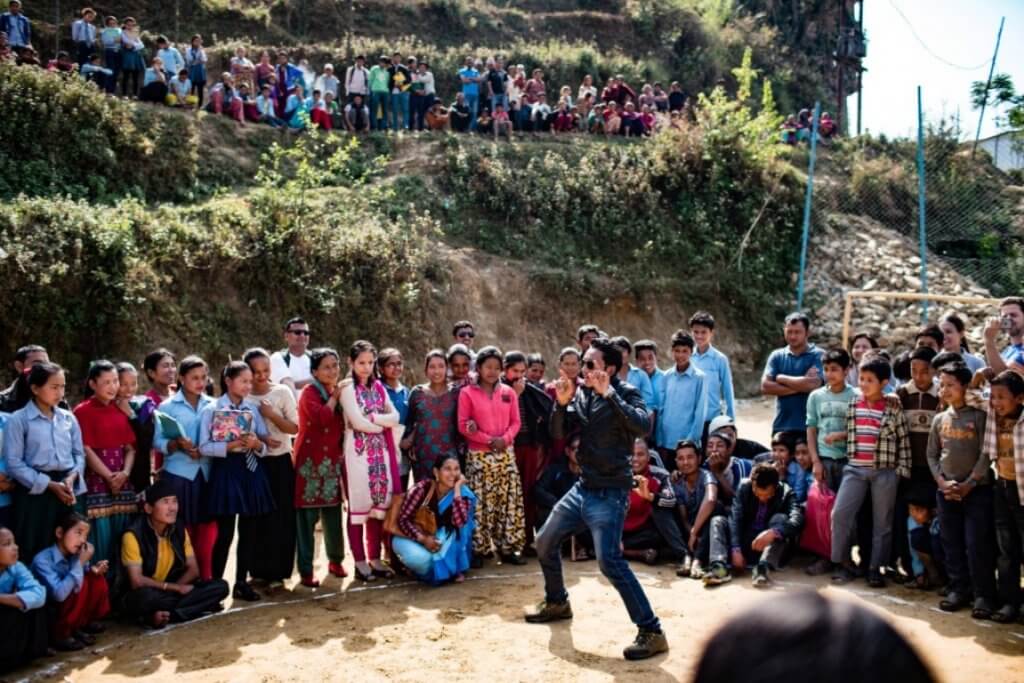
With the strength of our partner network, our expanded health services and the addition of new partners during a crisis, our emergency team then sets the plans in motion to fill the gaps. At Americares Colombia clinics, for example, Venezuelans driven by violence, instability and extreme food and medicine shortages face risks to their mental well-being. Our health care providers ensure patients receive mental health support—even throughout the COVID-19 pandemic. In Nepal, we worked with local partners to initiate and sustain broad ranging mental health and psychosocial support programs that reached thousands of people, many in isolated communities, with training for community health workers and other outreach to help to identify those suffering from trauma and other mental health issues in the aftermath of the earthquake. It began with an innovative street theater program that opened the door for communities to address their emotional and mental health issues. Other phases of mental health support programs continue in Nepal, providing measurable positive results in communities. In the response after Hurricane Harvey, our mental health team in Texas provided training in mental health first aid to local healthcare providers. Later that day, at their local mall, one healthcare worker that participated in our training noticed a young woman in distress. She ultimately utilized her newly acquired skills to “Prepare, Look, Listen and Link”. The provider helped the woman through a severe anxiety attack and stayed with her until first responders arrived on scene. In the Harvey recovery, Americares worked to reach thousands of health workers in communities vulnerable to disasters with training, support groups, crisis counseling and educational materials that will better equip them to care for patients experiencing trauma, anxiety and depression.
In addition, our long term recovery efforts after major disasters has led to the establishment of country offices and commitments to local health care in Puerto Rico, Philippines and Haiti.
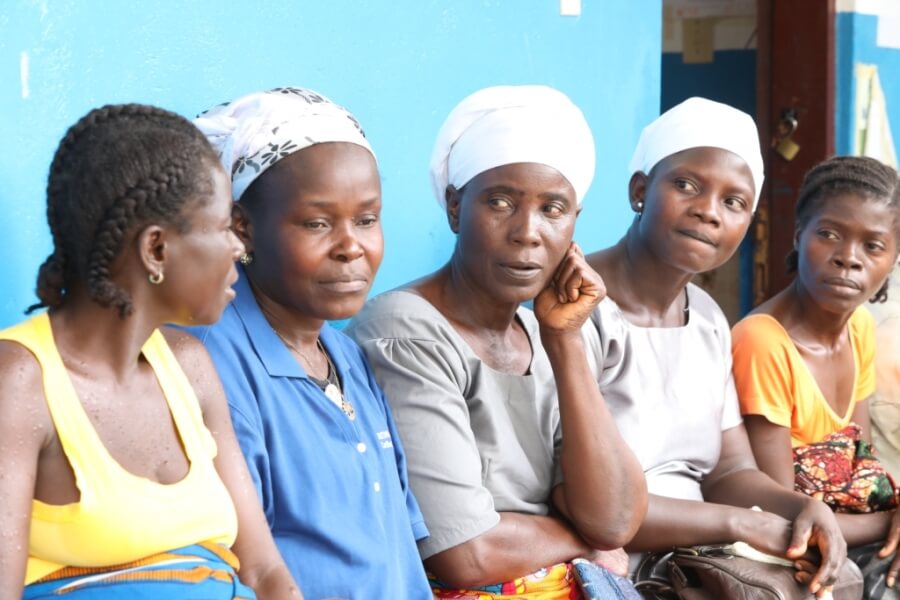
Building back better, the recovery effort works to support and sustain local health centers – centers that will serve their communities long after our teams have left. In Liberia, for example, the focus was on clinics that could provide safe maternal and child care in a country where the entire health system had been decimated by civil war and the Ebola outbreak. The new facilities have provided for hundreds of safe births since they opened in 2015. In the Philippines, since Typhoon Haiyan, Americares staff works year-round to make sure that health centers can continue operating in an emergency, and disaster training is a key part of those efforts. They have trained hundreds of health workers in such areas as first aid, fire safety and mock drills for handling large numbers of injured disaster survivors. Those efforts continue to produce results as demonstrated when staff at Leyte Provincial Hospital were able to use their training and the fire safety equipment provided to extinguish a dangerous electrical fire that would have been far more serious had they not caught it early. In restoring health care services, our recovery program strives to build back a better, stronger, sustainable health system that will thrive and continue to serve the community and offer each member of the community a healthier future, filled with potential.
Emergency programs at Americares represent a continuous cycle of Ready, Respond, Recover and then get ready again, only better. Each disaster presents a new set of challenges to prepare the foundation for a better response the next time around. It is a dynamic process, ever changing as more extreme weather and unforeseen manmade crises arise – always demanding that we increase our knowledge and capabilities. In that work, we are ever mindful and incredibly grateful for the ongoing support of our donors and the presence of local partners who have the ground sense and skill necessary to meet the challenges of disasters and often only lack resources to prepare for them.
